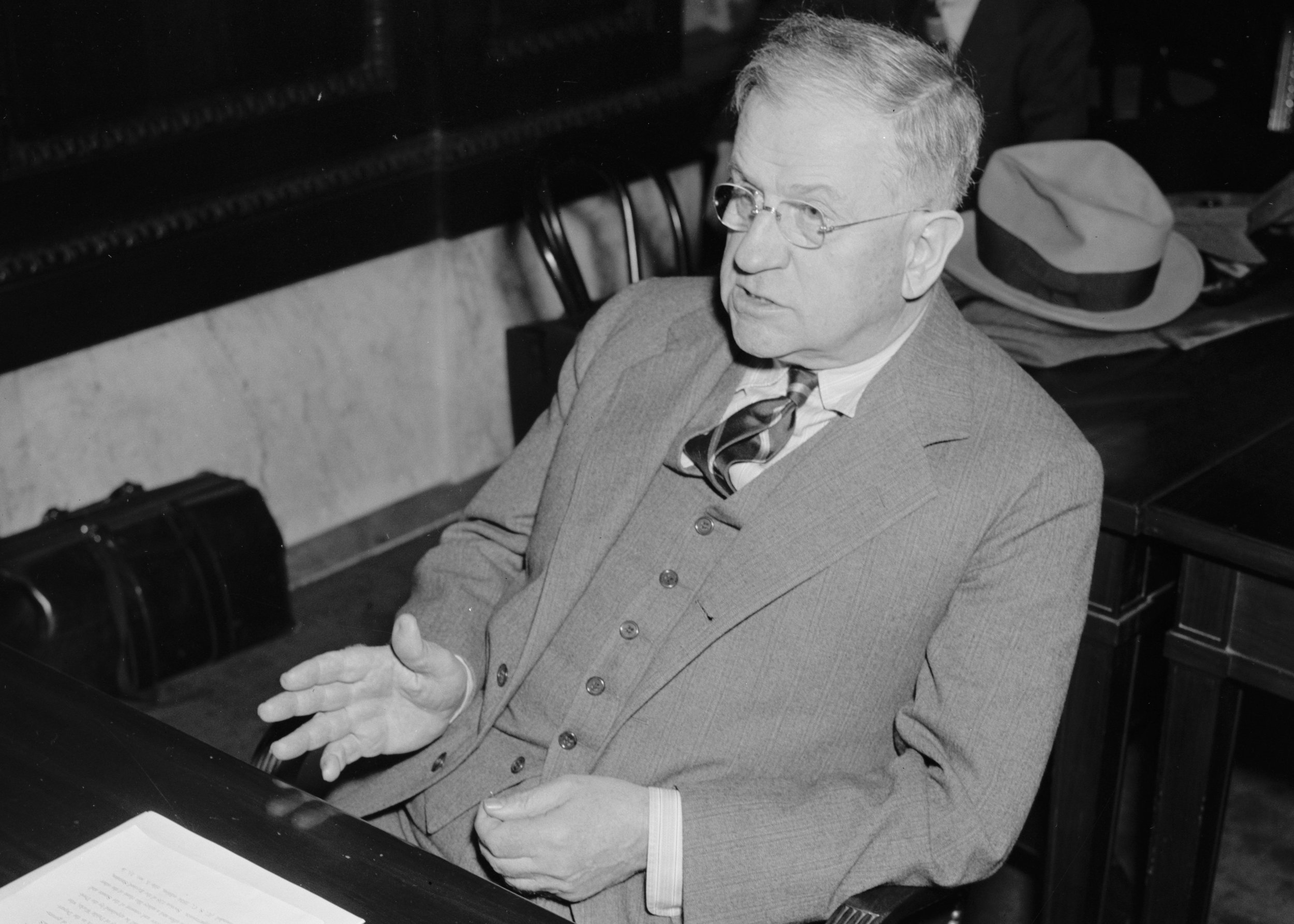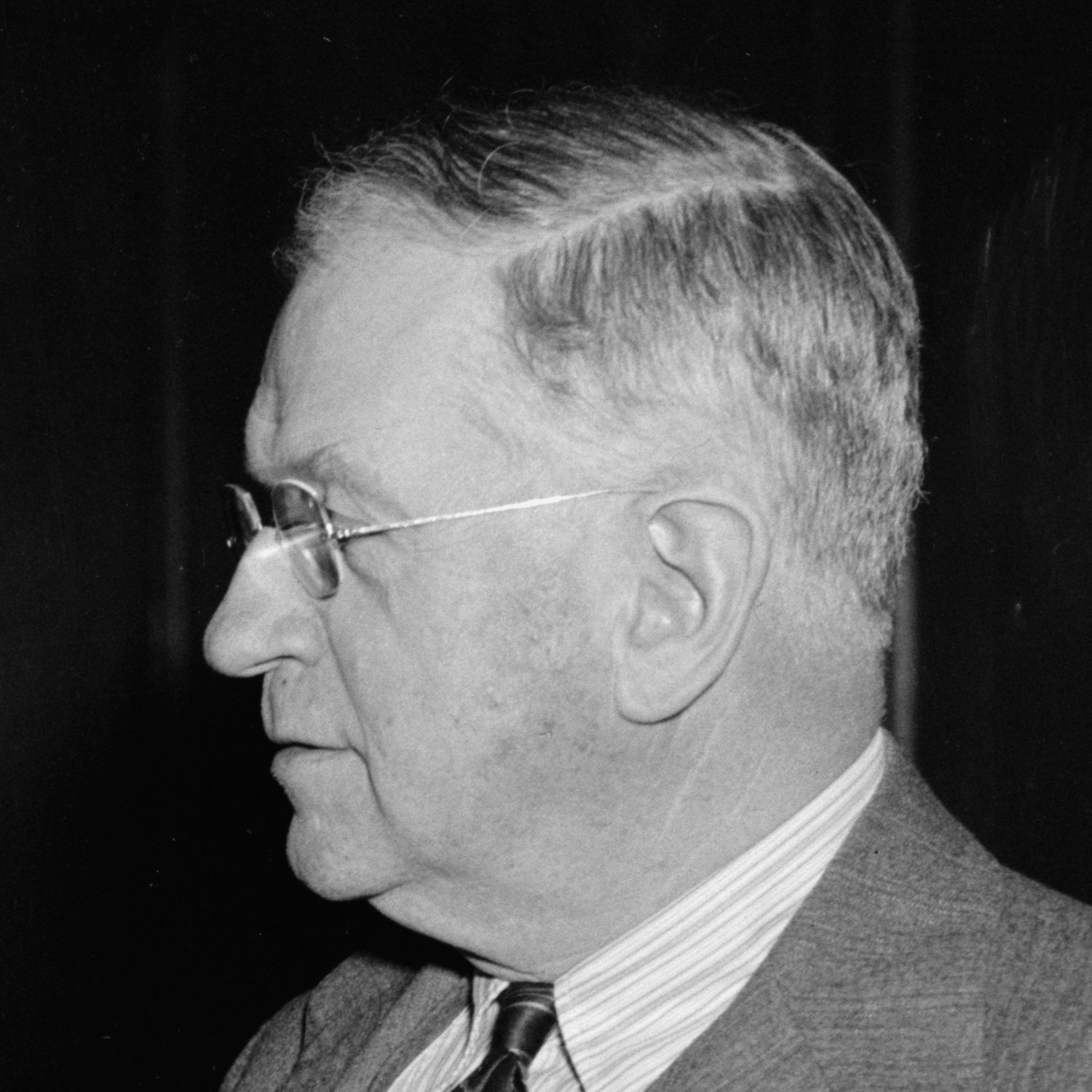The most important line in this NYT piece about using a blast furnace to turn trash into ethanol is this:
Ethanol has long been promoted as an alternative fuel that increases energy independence, and federal law requires the use of greater amounts of it.
The phrase "energy independence" is the key to seeing past all the indications that this is an article about saving the environment. It's easy to get confused. The idea is an alternative fuel that turns an environmental problem--solid waste--into energy, in an efficient, non-polluting way and features a company in Northern California spurred on with incentives from the federal government and the environmentally aware California government.
But "energy independence" is not an enviromental problem (actually, it's not a problem, full stop, but that's another blog post). It's a political goal that gets aided and abetted by environmentalists stuck in the 70s calling for "renewable energy". In the 70s, we had oil shortages that raised the threat of running out of oil. Renewable domestic sources would solve such a problem.
But the actual problem in the year 2013 is rapid climate change caused by greenhouse gases released into the atmosphere when humans obtain energy by burning things. We need to use more and more energy because it is the only way to improve the standard of living in the developing world.
To summarize:
Problem = burning things.
Solution = sources of energy that don't involve burning things.
"Renewable" is a wonderful quality in an energy source, but it is an adjective that tells us nothing about whether the energy source in question involves burning.
The "renewable" this article focuses on is ethanol. Two questions:
- How do they propose to make ethanol? Hint: it happens in a furnace.
- How would people use that ethanol? Hint: it involves heat and oxygen.


